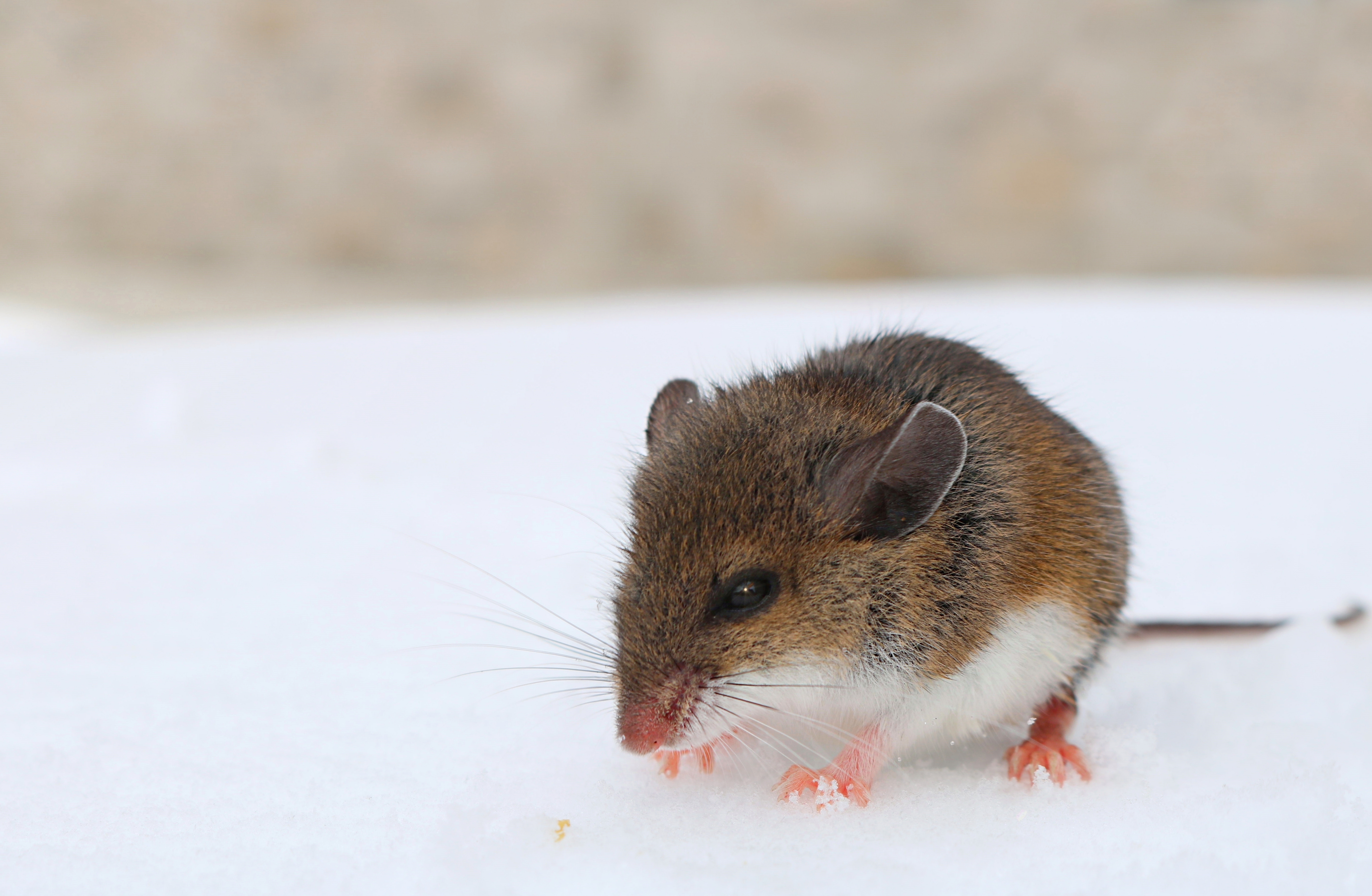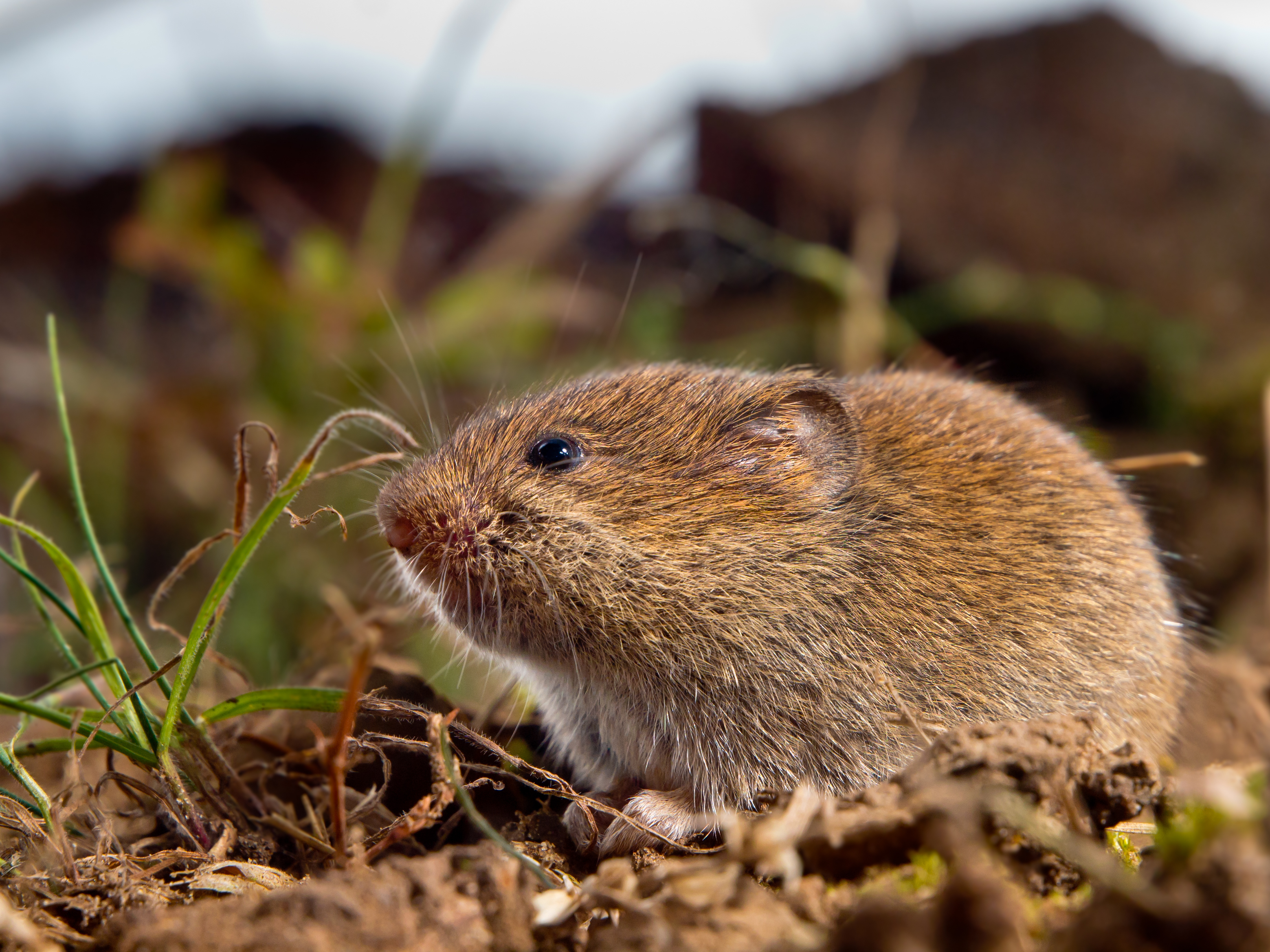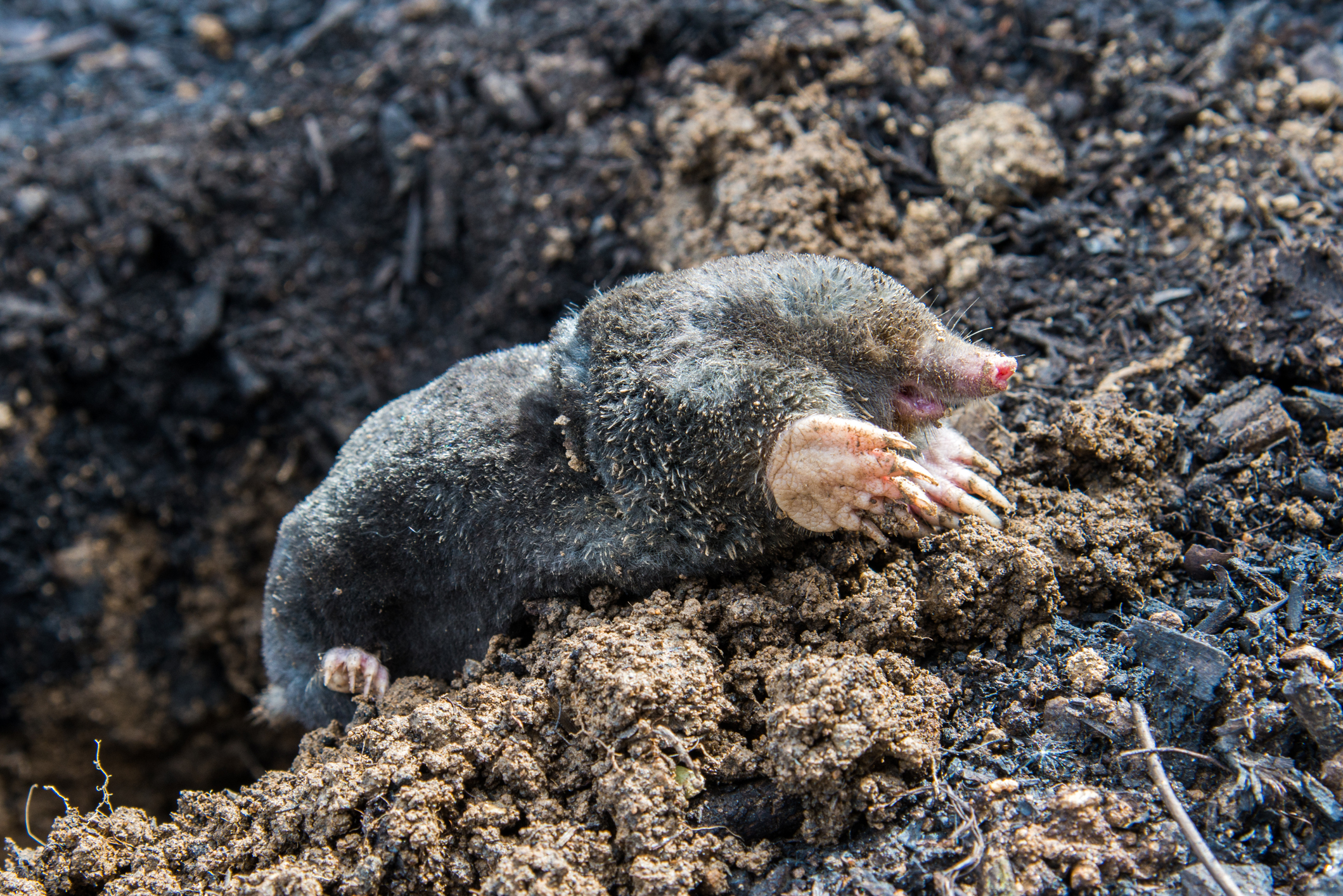Welcome to Brothers Pest Management.
The leading rodent control provider located in Jordan, Minnesota.
We understand that mice can be a nuisance in your home or office, causing damage to your property and spreading diseases. That's why we offer effective and affordable mice pest control services to keep your property rodent-free.
Our team of licensed and experienced pest control technicians uses the latest techniques and equipment to identify the source of the mouse infestation and develop a customized treatment plan to eliminate the problem. We also provide preventive measures to ensure that the mice do not return in the future.
Our rodent control services include:
Inspection: We conduct a thorough inspection of your property to identify the entry points and nesting areas of the mice.
Exclusion: We seal all entry points and gaps in your property to prevent mice from entering.
Trapping: We use humane traps to capture and remove the mice from your property.
Baiting: We use specially formulated baits to eliminate mice infestations.
There are several types of rodents in Minnesota that may invade and infest your property. Common rodents in Minnesota include mice, rats, voles, moles & gophers. These rodents can cause damage to your property, contaminate your food, and spread diseases..
Different types of rodents in Minnesota:
Mice - The most common rodent found in Minnesota homes and businesses. They are small, fast, and reproduce quickly, making them difficult to control without professional help.
Rats - Larger and less common than mice but can cause more damage to property and spread diseases.
Voles - Small, burrowing rodents that can damage lawns and gardens by eating roots and bulbs.
Striped Gopher - Common in Minnesota and can damage gardens and yards by digging burrows and eating plants.
Moles- Commonly found all over Minnesota. Their main food source of food are white grubs and earthworms.





At Brothers Pest Management, we understand that each mouse or rodent infestation is unique, which is why we offer personalized solutions to meet your specific needs. Our mouse and rodent control services are safe for your family and pets, and we offer Vitamin D3 products to ensure minimal impact on the environment.
If you suspect a mouse or rodent infestation at your home or property, it is important to contact a professional pest control service like Brothers Pest Management as soon as possible. Our team of pest control experts will identify the type of rodent and develop a customized treatment plan to eliminate the problem and prevent future infestations.
Contact us today to schedule your rodent control services and enjoy a RODENT-FREE environment in and around your home or office. We offer affordable and competitive prices, and our services are backed by our satisfaction guarantee.
QUICK LINKS
CONTACT US
Brothers Pest Management
(612) 431-PEST (7378)




